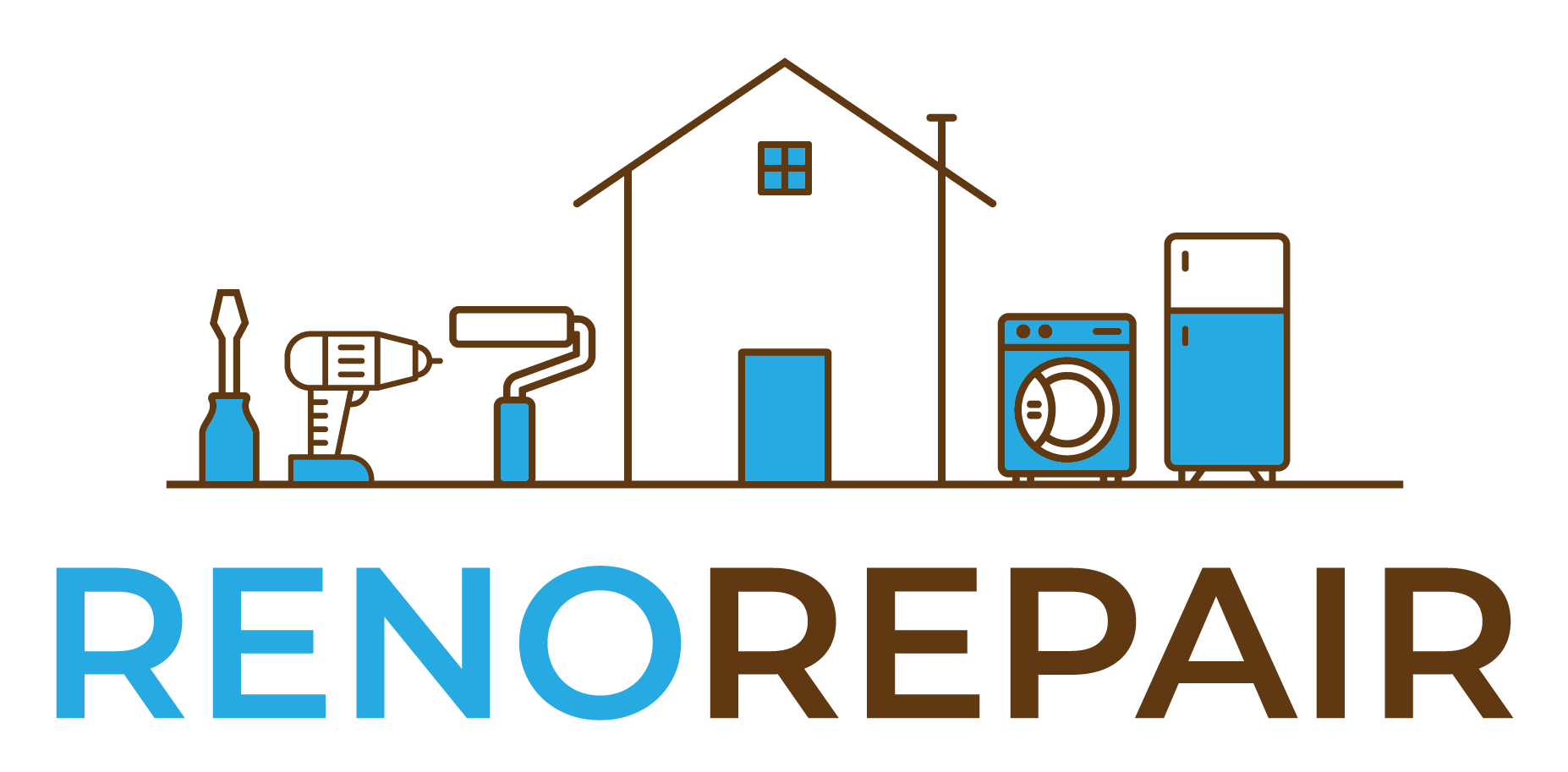Homeowners often encounter furniture that needs repair due to wear and tear or accidents. Knowing the common types of furniture repairs can help us maintain our beloved pieces and extend their lifespan. In this blog post, we’ll explore the types of furniture that need repair most frequently and the specific repairs they often require.
Wooden Furniture:
- Scratches and Dents: Wooden furniture like tables, chairs, and cabinets are prone to scratches and dents over time. Repairing these imperfections involves sanding, filling with wood filler, and refinishing the surface.
- Cracks in Solid Wood – Wood shrinks and expands depending on the moisture content in our homes and when it does cracks may form in solid wood. Repairing these cracks involves applying glue in the cracks and clamping the wood down until the glue dries. In some cases cracks may need to be filled with a filler.
- Breakages – During a move many times furniture falls over or may get knocked around and that leads to damage and breakages. Repairing these involves re-glueing or sometimes to replace the broken part with a fresh piece of wood.
- Loose Joints: Chairs and tables with loose joints may need re-gluing or re-securing of screws and bolts to restore stability.
- Water Damage: Water stains and damage on wooden surfaces can be repaired by sanding, bleaching (if necessary), and refinishing the affected areas.
Upholstered Furniture:
- Tears and Rips: Sofas, armchairs, and ottomans often experience tears and rips in the upholstery. Repairing these damages involves patching or stitching the fabric and matching the colour and texture for a seamless finish.
- Sagging Cushions: Over time, cushions on upholstered furniture can sag and lose their firmness. Repairing sagging cushions may require adding new foam or padding to restore comfort.
- Frame Repair: The wooden or metal frames of upholstered furniture may also need repair if they become weak or damaged, affecting the overall structure and support.
Leather Furniture:
- Scratches and Scuffs: Leather sofas, chairs, and ottomans can develop scratches and scuffs that require repair using leather fillers, dyes, and conditioners to restore the appearance.
- Tears and Punctures: Tears or punctures in leather upholstery can be patched and repaired using specialized leather repair kits or professional services.
- Fading and Discolouration: Leather furniture exposed to sunlight may fade or discolour over time. Restoring the colour and sheen involves using leather dyes and conditioners.
Metal Furniture:
- Rust Removal: Outdoor metal furniture is susceptible to rust, which can be removed using rust removers, sanding, and repainting or coating the surface to prevent future rusting.
- Welding and Reinforcement: Metal furniture with broken or weakened joints may require welding or reinforcement to restore structural integrity.
- Paint and Finish Touch-ups: Scratches and chips in the paint or finish of metal furniture can be touched up using matching paint or finishes for a seamless look.
Understanding the common types of furniture repairs and their corresponding solutions can empower homeowners to take proactive measures in maintaining and repairing their furniture. Whether it’s addressing scratches on wooden surfaces, tears in upholstery, or rust on metal furniture, timely repairs can help preserve the beauty and functionality of our favourite pieces for years to come.
